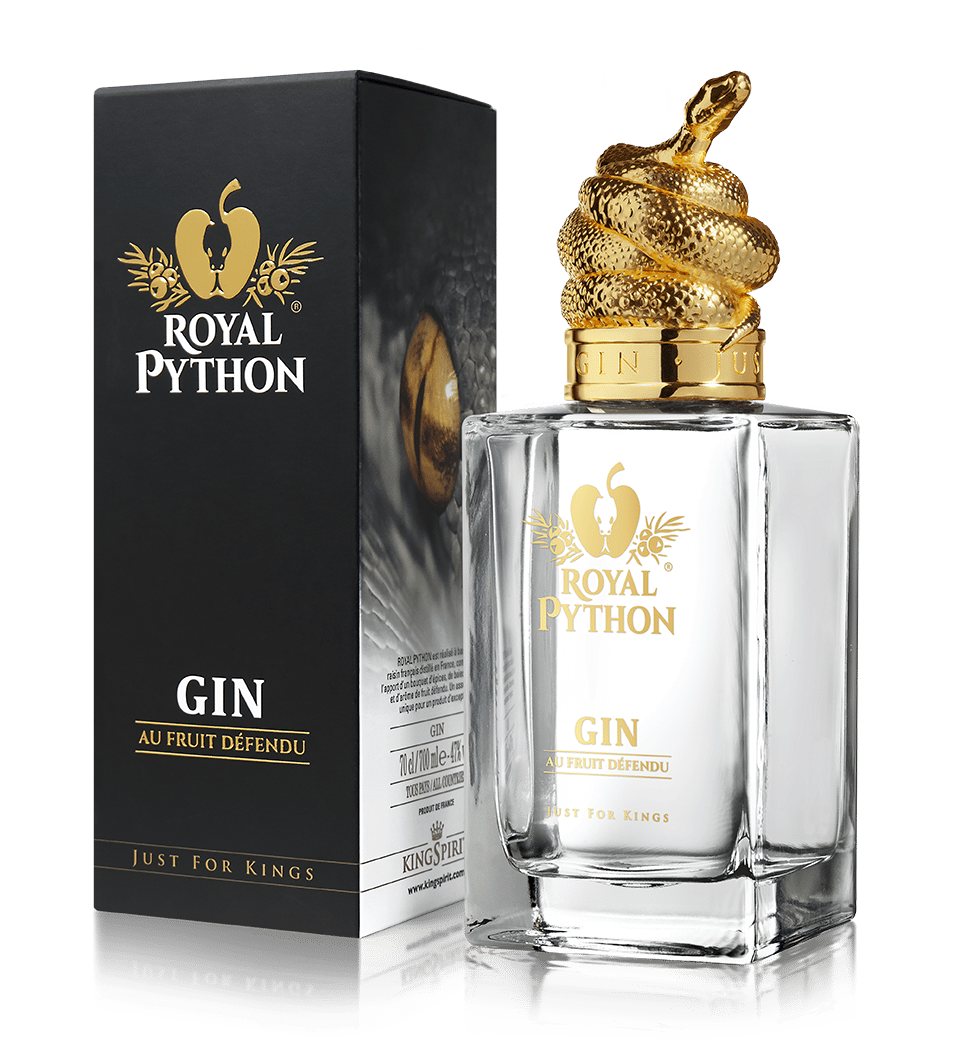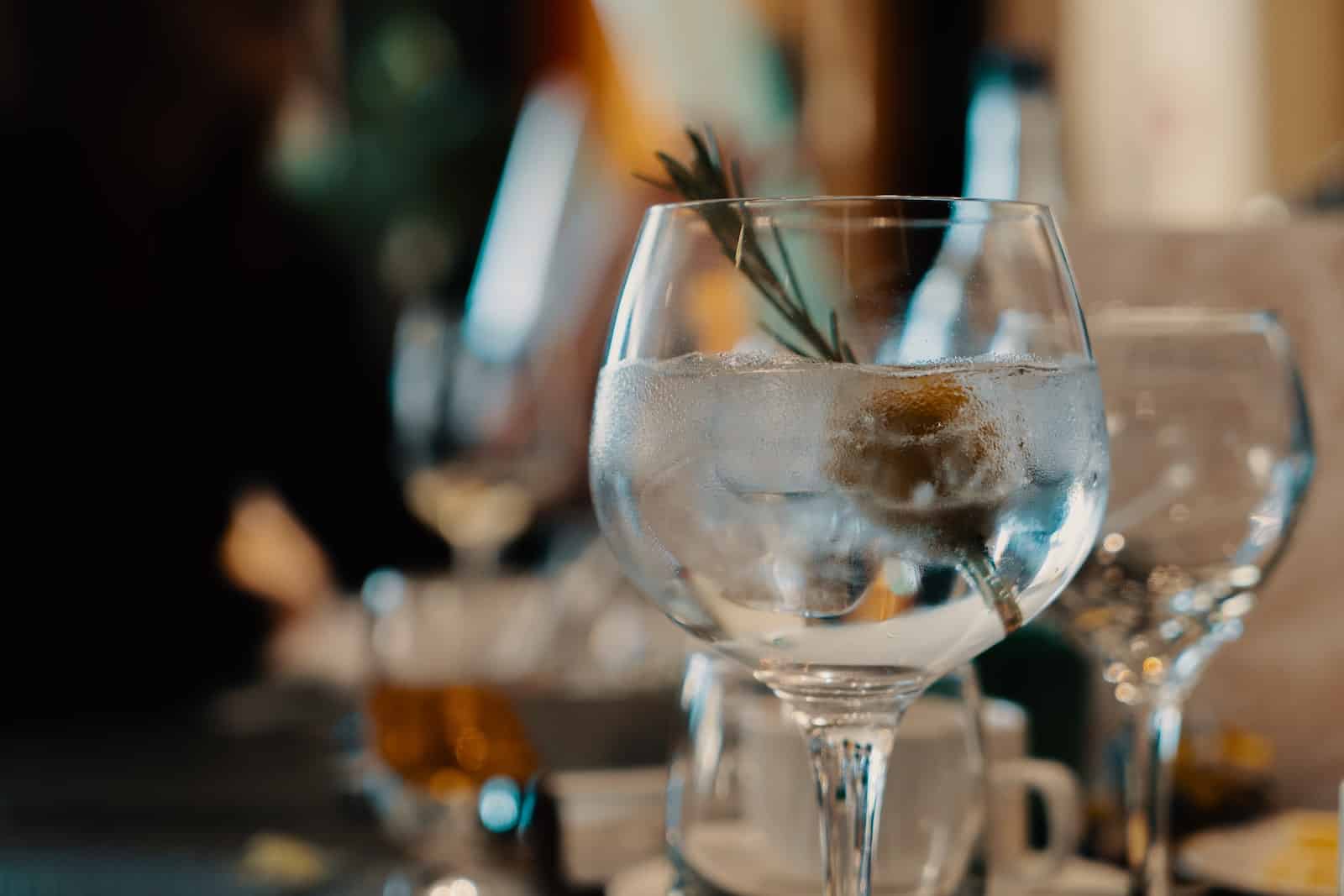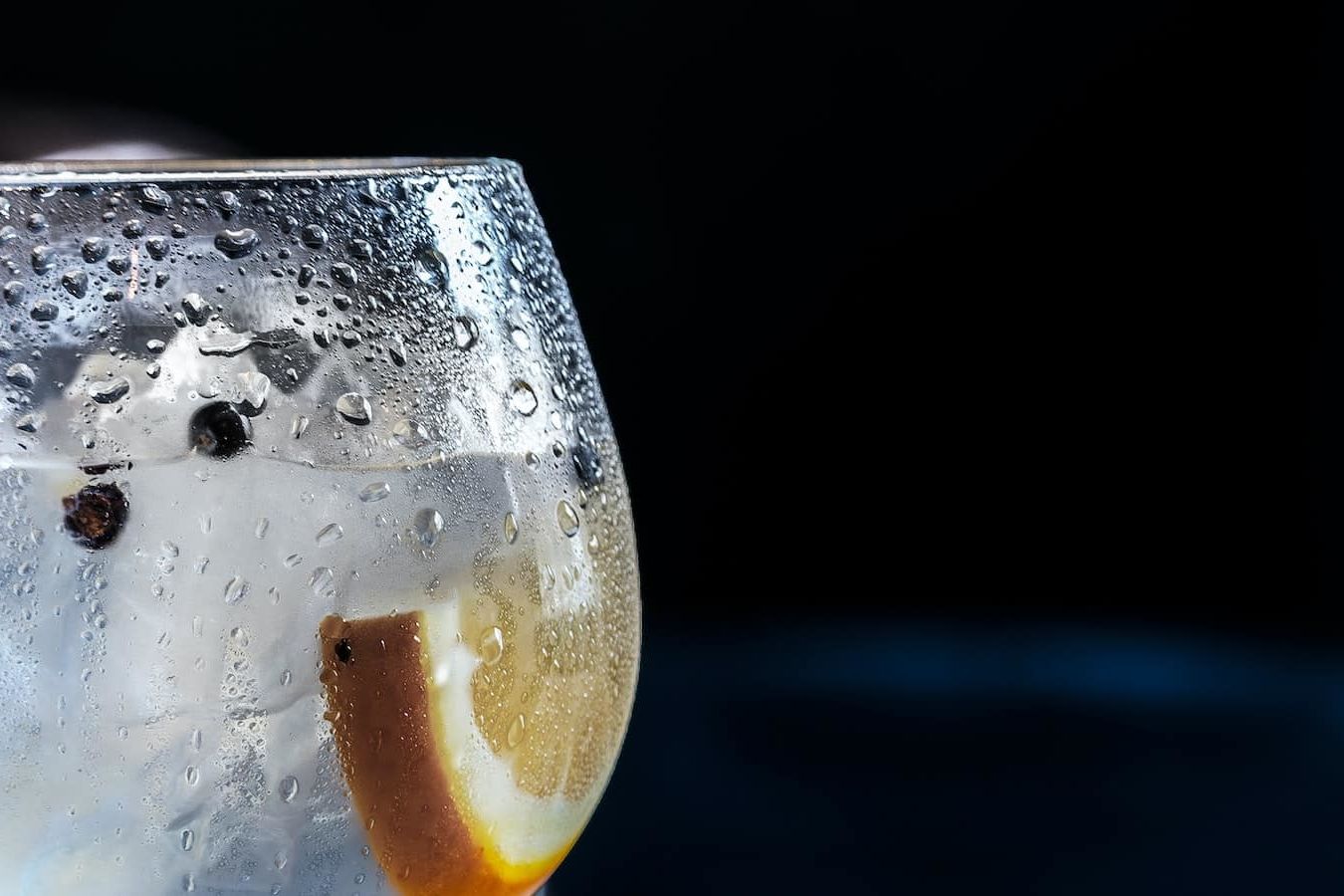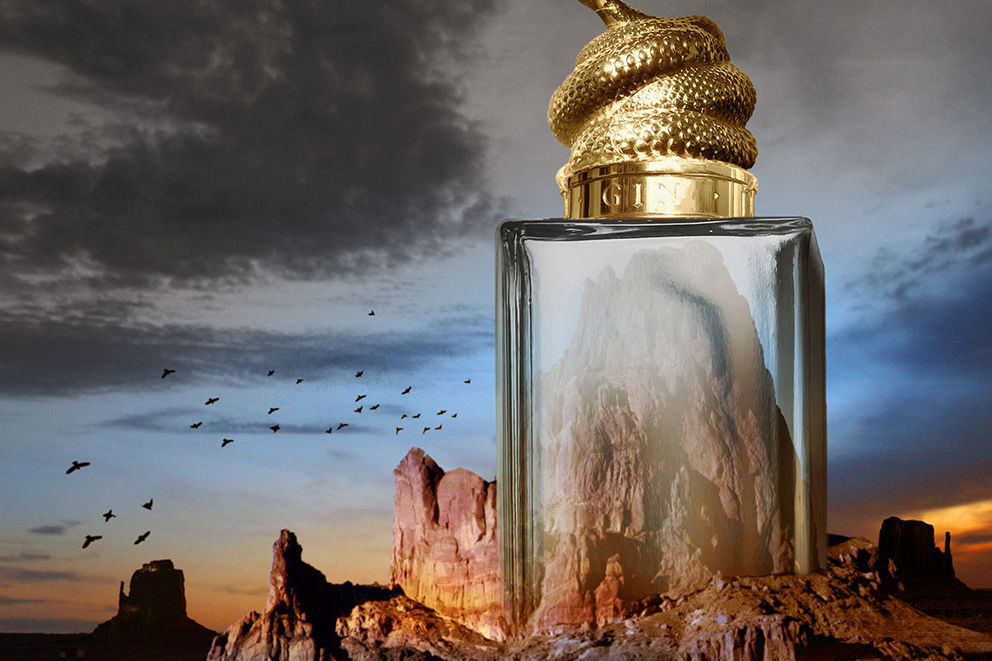An English staple, adaptable to any taste, gin carries both British nonchalance and American fearlessness. Unknown and eventful history of a cosmopolitan spirit.
Juniper: the gin of conciliation
In Leiden in the 17th century, the alchemist and physician Franciscus de le Boë (1614 – 1672) made a point of teaching chemistry in the very first university laboratory in Europe that he had set up. Franciscus – who had a taste for science – adopted a Latin name to match his knowledge and became Franciscus Sylvius. And if the sylvan always refers to the forest, our doctor was well advised to make it his name, he who probably liked nothing less than to run through the hills and valleys. After many curious and scientific peregrinations, he seems to be the first one who had the idea to distill these pretty juniper berries that made the beauty of the undergrowth. Although we can doubt it because no document formally attests it. Let us accept for the needs of this history this presupposition that the archives have not yet formally struck with a confounding proof of veracity. Franciscus distilled these berries so well that he became an expert in them, praising the properties of his “juniper” against aches and nausea. The recipe was improved by redistilling a mixture of grain alcohol, adding mustwijn (a malt wine) and adding juniper. The success was not long in coming and the fortifying drink became a miraculous medicine. Passing through the Netherlands during the Anglo-Dutch wars, the English tasted this brandy which was so well named that they called it Dutch courage. Once the war was over, the “Dutch courage” was a memory that was quickly brought to the Albion country.
William of Orange (1650 – 1702), newly installed on the throne of England in 1689, naturally saw nothing wrong with this large-scale tasting. This stathouder – governor general – of the provinces of Holland, Zeeland, Utrecht, Gelderland and Overijssel enjoys this beverage from his native land. The recipe of this ancestor of the gin is certainly somewhat modified by the English who prefer to elaborate it from neutral alcohol of grain. Little by little, the new alcohol found its baptismal name. The Dutch genever becomes gin. A name as short and striking as the devastation it quickly caused.
Gin Craze: patriotic inebriation
With William of Orange on the English throne, politics and trade disavowed past agreements. The wines and spirits of France, ally of the Stuarts, were no longer welcome. We refuse them, we tax them. Heavily. The English Parliament prefers to give every chance to the new alcohol, to this British gin made of island grains, which the writer Daniel Defoe (1660 – 1731) does not fail to praise because to produce gin, grain is consumed, “grain we produce which pays the rent of our lands, employs our people, our cattle, and preserves us from the import of foreign spirits. And this is the reason why, when markets are low abroad and no demand is made for grain, that abundance which is the blessing of other nations is our intolerable burden. The distilling business is a remedy for abundance. When the crops are plentiful, the distillation of gin then comes, in due course, to consume the surplus production which, without it, would clog the market and depress the prices.”
The encouragement is thinly veiled under the writer’s words. It is even less so in the hands of the state. Producing, selling and consuming gin seems to be the banner of the good Englishman. Soon, too many of them will adopt the patriotic fiber.
Of course, there are already two kinds of gin in this England. The distillers do not make mistakes and use only the best grain. But the waste of the harvests, the mediocre grain usually unsaleable makes the happiness of the compound distillers, the producers
less versed in the business than in profitability. The latter produce a drink that is often foul but sufficiently flavored to deceive a mass audience, modest and with little regard for quality. Patriotism finds its way everywhere. There was no English business in the first half of the 18th century that did not have the right to sell gin to these customers. From the barber to the grocer, from the smuggler to the peddler, it is even possible for bosses to pay part of their employees’ wages in gin! Especially in London, the gin craze is getting dangerously out of control, the ravages are terrible and affect the whole population or almost. Signs claim patriotic inebriation “Drunk for a penny, dead drunk for two pence”. Quite a program.
Defoe swallows his words, bitterly noting the deleterious and deep after-effects that have cut into several generations of Englishmen. A drop in the birth rate, an increase in infant mortality, and rampant chronic debility predict a bleak future for the kingdom if nothing is done to curb the epidemic of an evil that was initially thought to be harmless, if not beneficial. Three times measures are taken. Three times, they are abandoned: the weaning does not pass. Finally, the Gin Act of 1751 laid the groundwork for a reform of the production, distribution and consumption of gin. It would take nearly six decades for England to recover from such a plague. Many Englishmen, however, had been spared. Those of the Colonial Empire and those of the British Navy in particular.
Navy Strength Gin and Gin and tonic
From the very beginning, gin and its ancestors were considered to be drinks with remarkable medicinal properties. There is nothing that gin or any other spirit cannot overcome. And if gin was patriotic on land, there was no reason it couldn’t be patriotic at sea. And if we sometimes imagine the English sailor drawing from his rum ration, we often forget that the officers were entitled to their gin ration. The anecdote is certainly not very well documented, but it is recurrent in several documents, so it would be wrong to deprive ourselves of it!
There is no doubt, however, about the role of the British Navy in the spread of gin around the world. With the British Empire stretching across the globe, British ships supplied expatriates with patriotic drink. To transport these barrels full of the chauvinistic alcohol, it was necessary to take precautions which the gin lover inherits today as a label. Rum and gin were stored near the Sainte-Barbe, the ammunition bay where black powder was stored. If a barrel were to leak, it was essential that the alcohol be at least 57%, below which the wet powder could not ignite. Military protocol therefore required careful verification of the quality of the gin on board. For this purpose, a quantity of spirit was poured onto gunpowder: if the powder ignited after such a dip, the gin was shipped; if not, it remained on the quay. A Navy Strengh gin is still a 57 proof gin today.
As English ships travelled between the various colonies, the beverage was flavored with delicate exotic African and Asian spices. It also allowed to pass the pill of an effective but normally unpleasant tasting medicine. In 1817, French pharmacists Pierre Joseph Pelletier and Joseph Caventou succeeded in extracting and isolating quinine from the bark of the cinchona tree, a Peruvian shrub. This natural anti-malarial agent is rapidly making them rich. There is no colonist or sailor who does not use it to fight against this mosquito-borne disease. Unfortunately, the remedy is very difficult to swallow. Bitter and unpleasant, we soon look for a way to consume it without disgust. Gin goes well with everything, why not with quinine? By mixing carbonated water, lime, a little sugar with this pungent quinine, the medicine became a tonic and delicious drink. To warmly thank his pharmacist. Gin
tonic was born and its success will never be denied. A colorful variation turns the famous blend into a pink gin with the addition of angostura bitter. The mix turns into a tangy, visually exciting cocktail.
Bathtub Gin
Finally, the English did not have a monopoly on historical gin. The American prohibition did its work, mystifying practices that we hardly believe existed. Because if the bathtub gins are today licked and worked spirits, their name is the opposite of the quality invoked. Can gin seriously be made in a bathtub? The legend affirms it, the practice refutes it. No matter, the story is American: between legislative excess and insolent audacity.
In the 1920s, prohibition did not fool anyone. Alcohol – not always the best – circulates underhand to those who bother to look for it. The manufacturers take some precautionary measures to avoid being detected: it is a question of producing enough to satisfy the demand of an underworld clientele and not enough to arouse the wrathful interest of the authorities. The bathtub seems to be the perfect choice. Some say that gin was distilled there. Hard to believe, but maybe there was a production step that required the gin to take a bath.
The adventures of the gin are well worth the amateur’s time. No other alcohol has had such an impact on the history of a nation. England has imbued this spirit with its modern history, its colonial power and its cultural influence. Again. Today, gin is intimately linked to the spicy scents of India, the irresistible English phlegm and the crown. Gin has always been royal.
Also read
Charente gin: don’t resist the temptation
Push open the door to a realm of complex and original flavors by tasting Kingspirit's…
How to drink gin and develop your palate?
Gin is a popular drink with the public. However, few people really know what to drink gin…
Royal Python Gin: a tribute to sophistication
Impossible to detect, the white base of Royal Python gin is a perfectly neutral…
Join the Crown Club!
Take advantage of exclusive offers, stay informed about Kings news!






